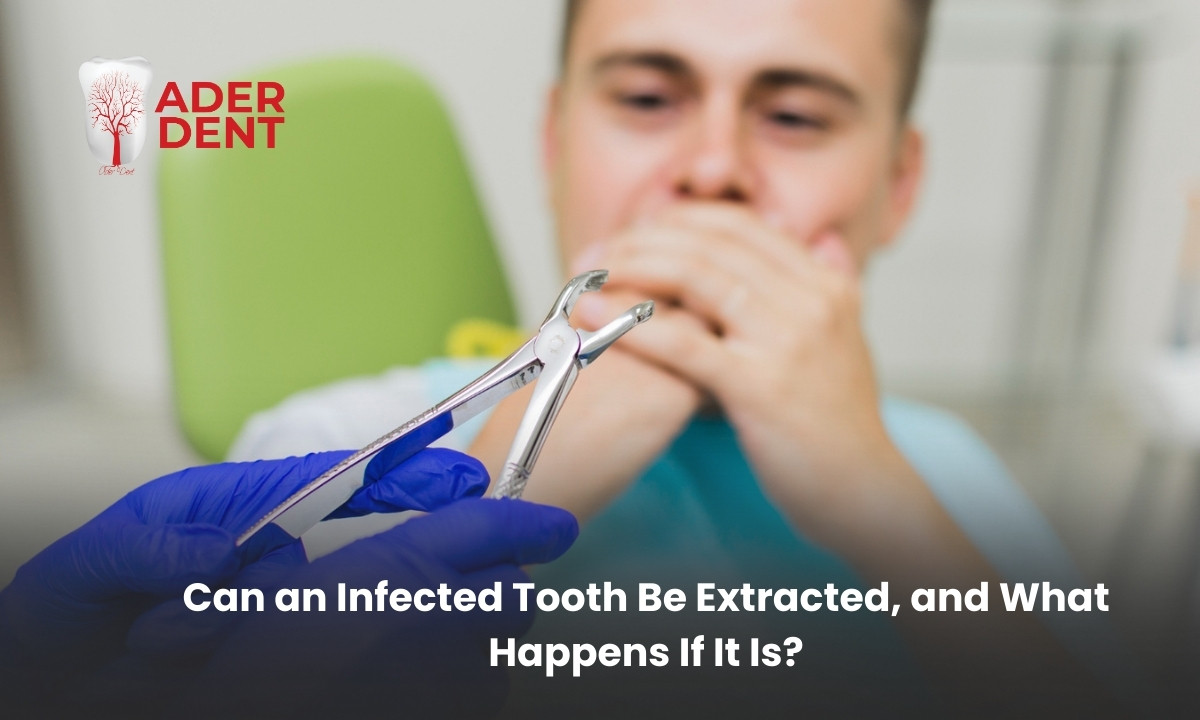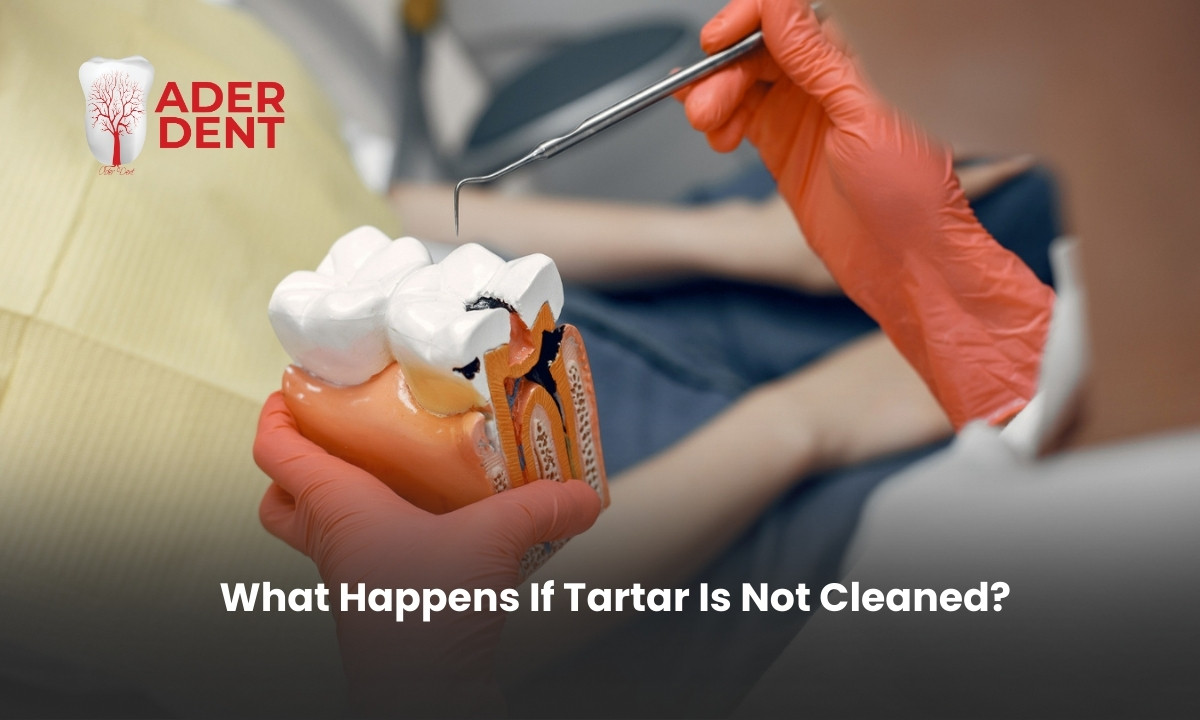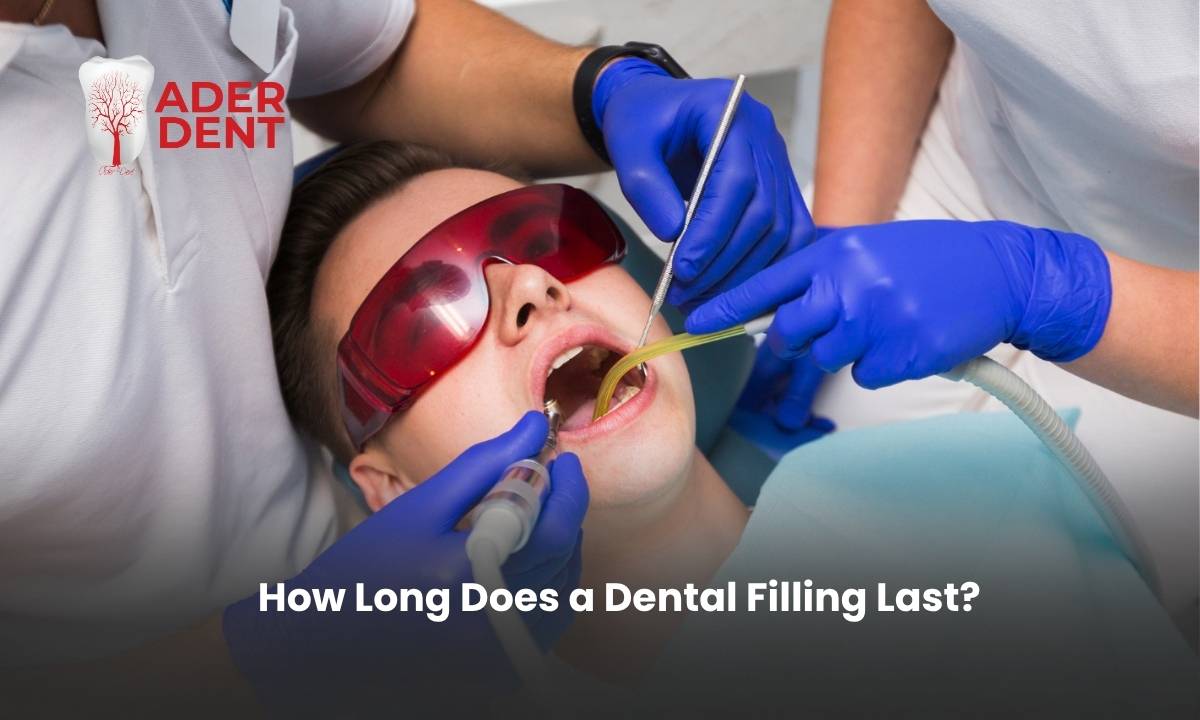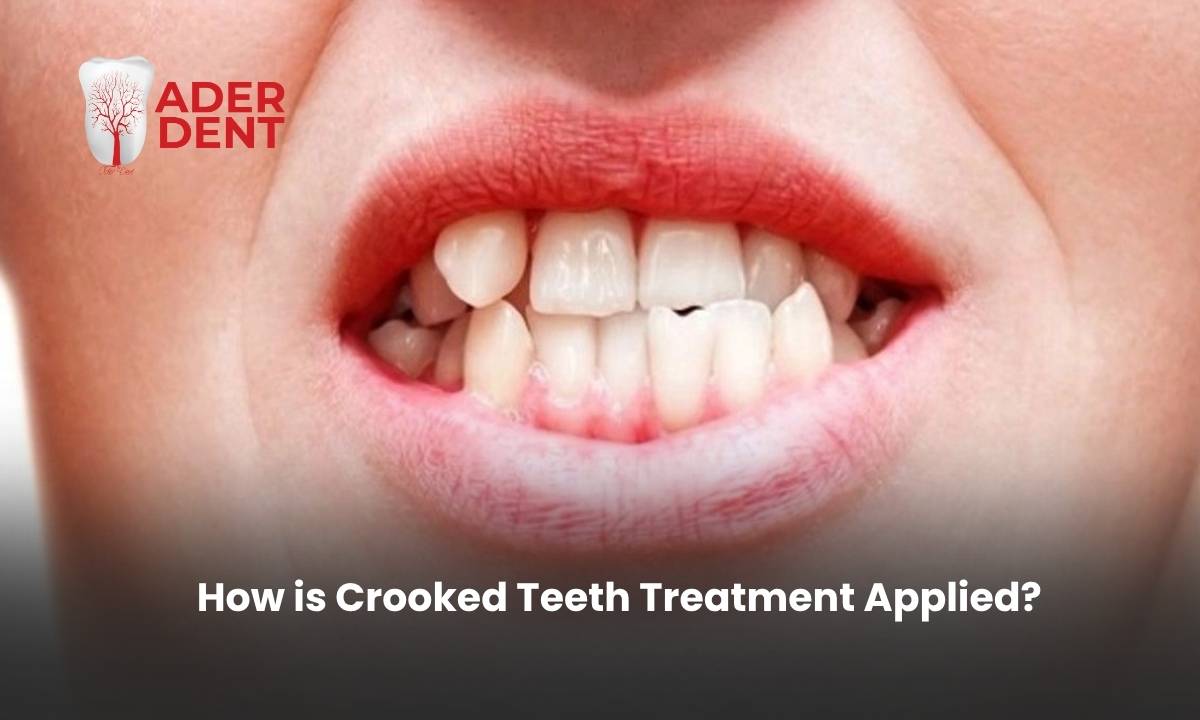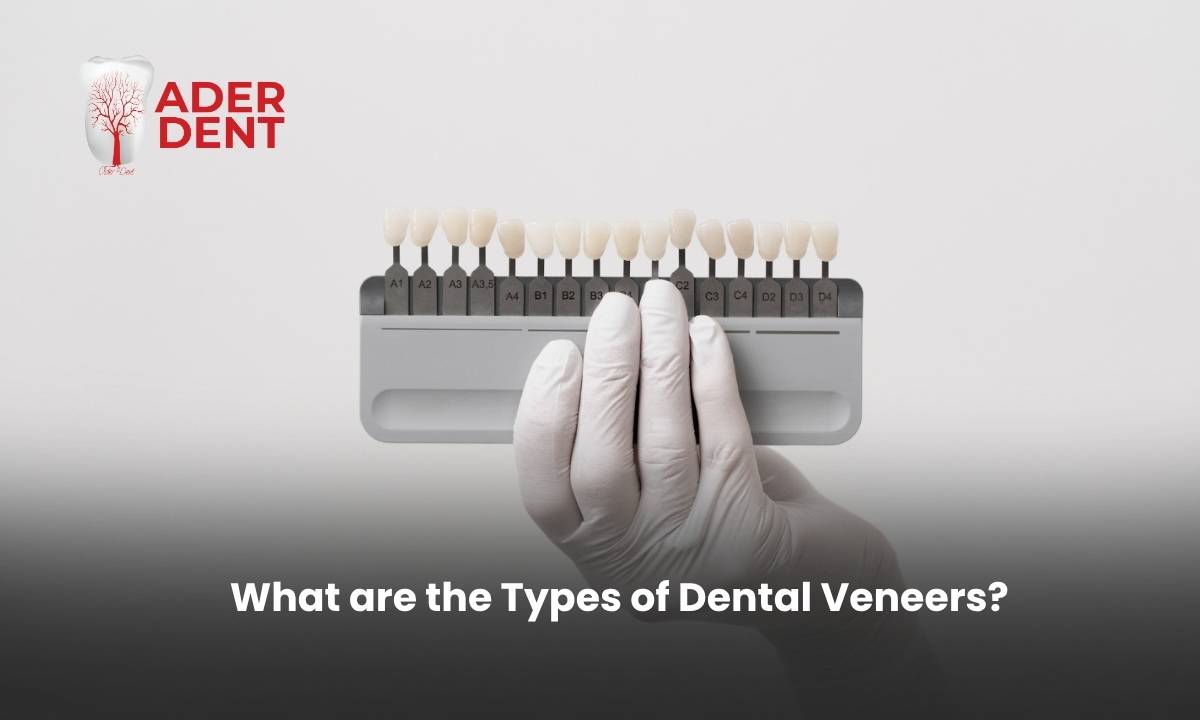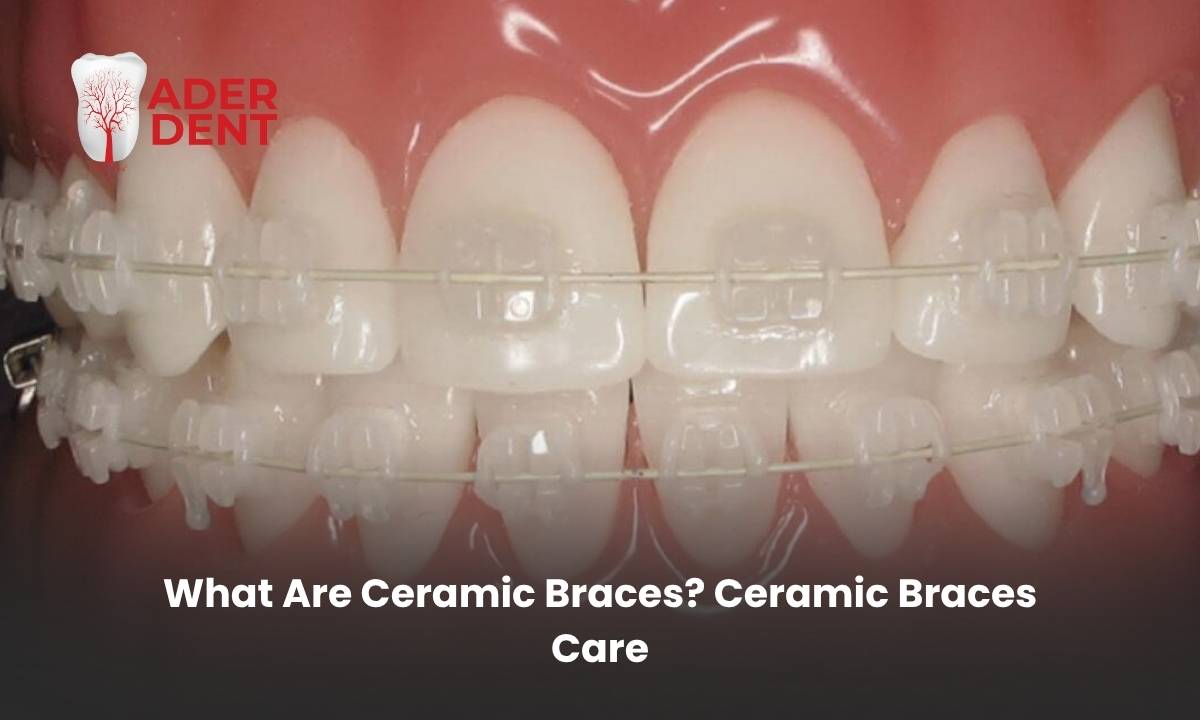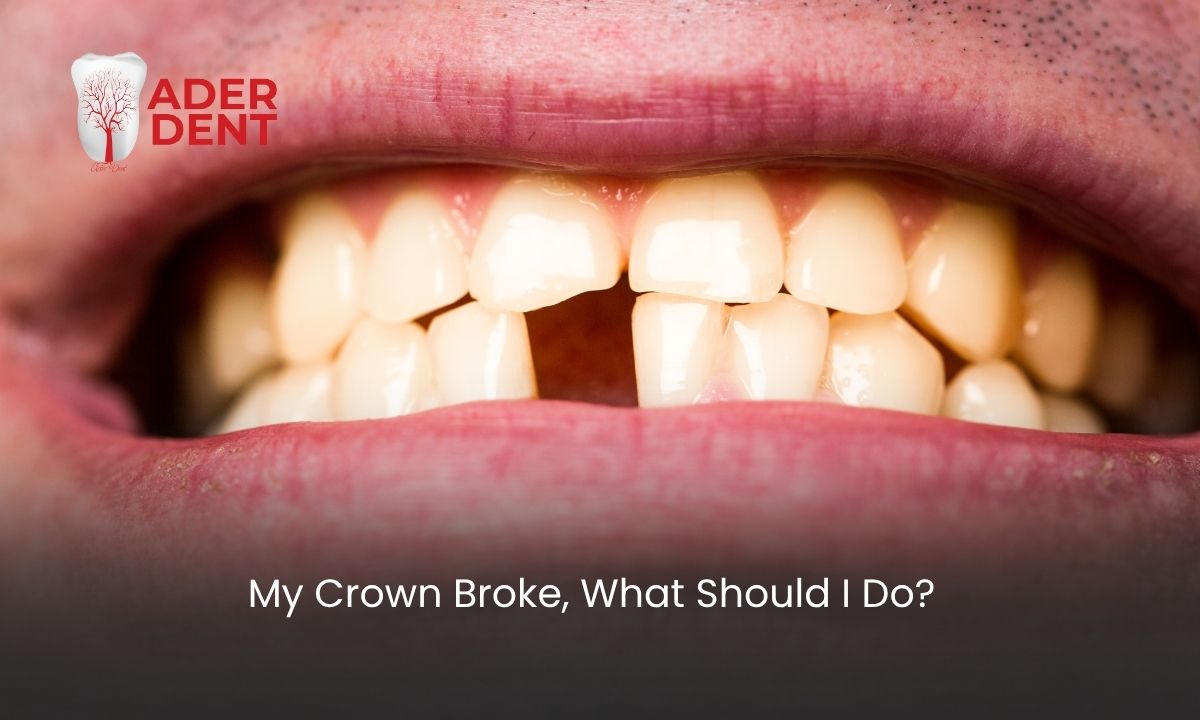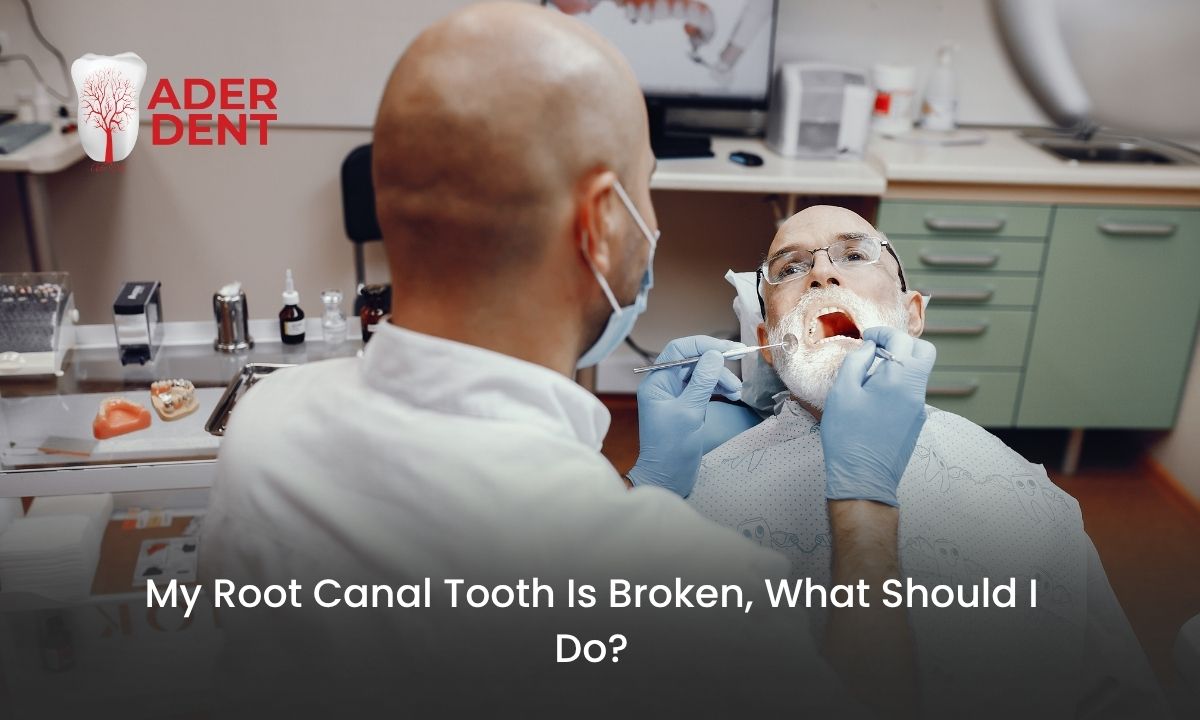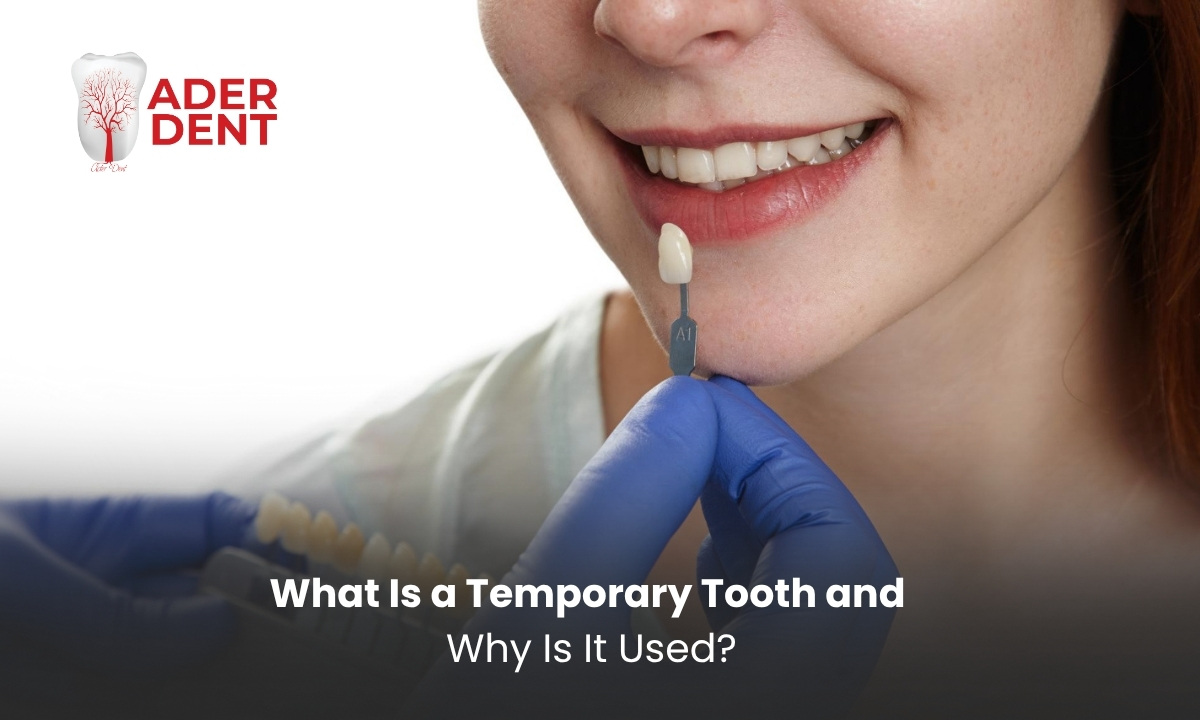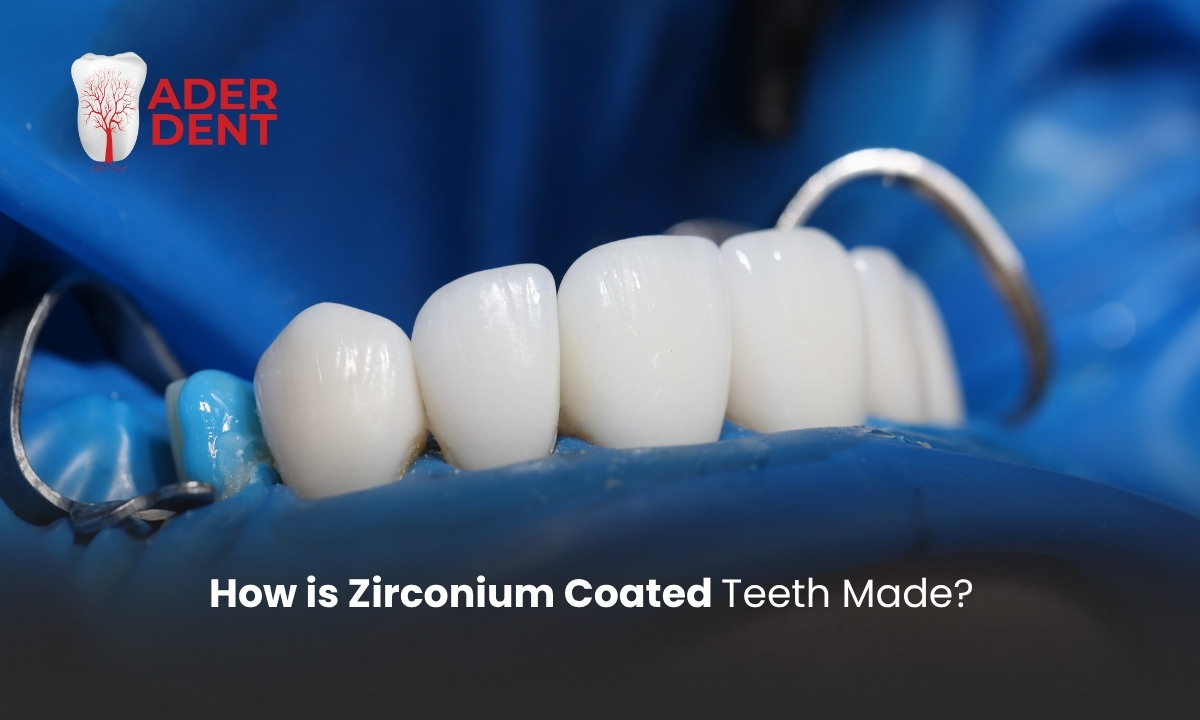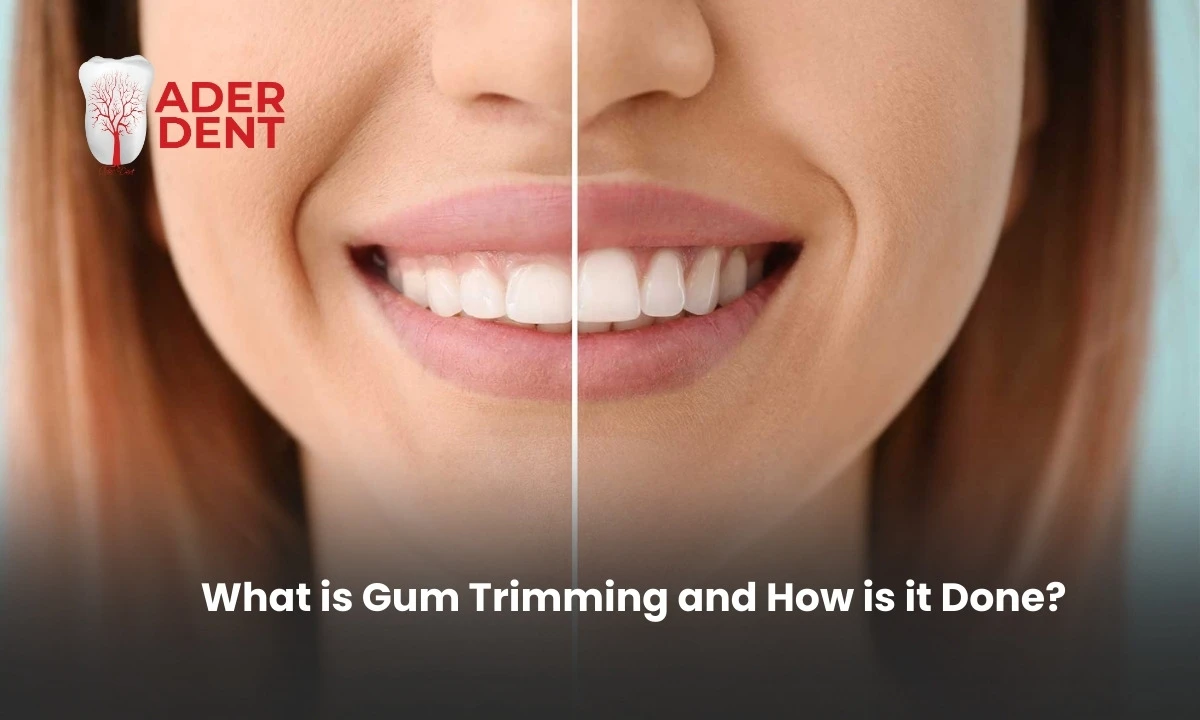
Gum surgery is a procedure performed for both medical and aesthetic purposes. It is done to shape the gums and achieve a symmetrical smile. Also known as gingivectomy, let's explore this procedure and its key aspects!
What is Gum Surgery?
Gum surgery is the process of reshaping the gums for aesthetic or therapeutic reasons. During gum surgery, abnormal or diseased tissue extending beyond the gum line is removed surgically. This procedure can be performed to achieve a more attractive smile or as part of periodontology treatments for gum diseases.
When is Gum Surgery Performed?
Gum surgery is performed when surgical intervention is required inside the mouth. It is not suitable for everyone. Certain abnormalities or conditions must be present. Common situations for gum surgery include:
- Extraction of impacted wisdom teeth, where the tooth is beneath the gum or embedded in the bone.
- Gum color changes, uneven tooth sizes, excessive gum coverage over teeth, or persistent gum swelling.
- Periodontal surgery for advanced gum disease; such procedures are called flap surgeries.
- Exposing the jawbone for dental implant placement.
- Apical resection (root-end surgery) to clean infections at the tooth root.
- Taking tissue samples from cysts or tumors in the mouth.
Benefits of Gum Surgery
Gum surgery helps maintain oral health and provides a symmetrical, aesthetically pleasing smile. It aligns the gum line, ensuring both a healthy and clean appearance. It also enhances the harmony between the teeth and gums, prevents gum inflammation, and reduces the risk of future tooth loss. Long-term oral health is protected.
How is Gum Surgery Performed?
- After a detailed examination, the need for gum surgery is determined.
- Local anesthesia is administered to ensure the patient feels no pain.
- Surgical instruments such as a scalpel, laser, or electrocautery are used to remove the problematic gum tissue.
- Necessary procedures are performed, such as extracting a wisdom tooth or a lesion sample.
- The incision is closed with surgical sutures to ensure sterility.
Why is Gum Surgery Preferred?
- To achieve ideal gum structure before implant treatments.
- For crowns and dental restorations.
- To correct asymmetrical gums that are too large or too small.
- To prevent bacterial buildup and subsequent decay.
- For aesthetic smile design (Gummy Smile).
- To create a smooth gum line for cosmetic purposes.
- To improve the fit of dentures, especially in elderly patients, and prevent irritation from removable prostheses.
How Long Does Gum Surgery Take to Heal?
Patients typically return to normal daily activities within 1-2 days, but full healing takes approximately 10 days. During this period, it is crucial to follow the dentist’s recommendations carefully to avoid delays in recovery.
How Long Does Gum Surgery Last?
Gum surgery is a permanent procedure. The surgically removed tissue does not return to its original state. However, several factors can affect long-term results:
- Oral hygiene habits
- Smoking and tobacco use
- Other existing health conditions (diabetes, obesity, cholesterol, etc.)
- Proper surgical technique
Gum Surgery Costs
The cost of gum surgery varies depending on the technique used (laser or traditional surgery), the patient’s dental and gum health, and the scope of the procedure (how many teeth are treated). Some patients require the procedure for aesthetic reasons only, some for gum health, and others for both. Advanced technology and methods can also increase the cost.
For an accurate price, a dental examination is necessary. After the examination, a treatment plan is selected, and the precise cost is determined accordingly.


 TR
TR






